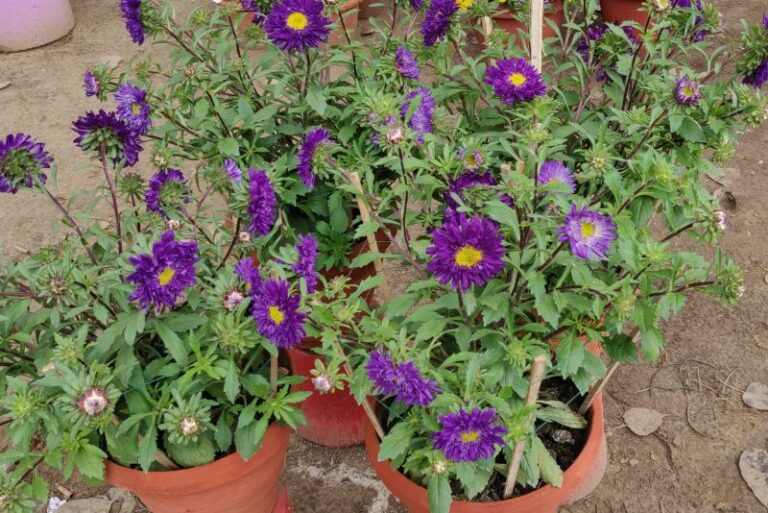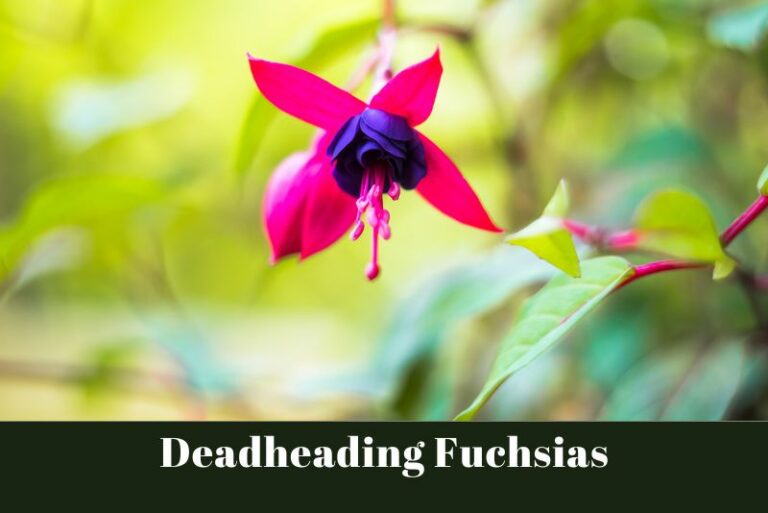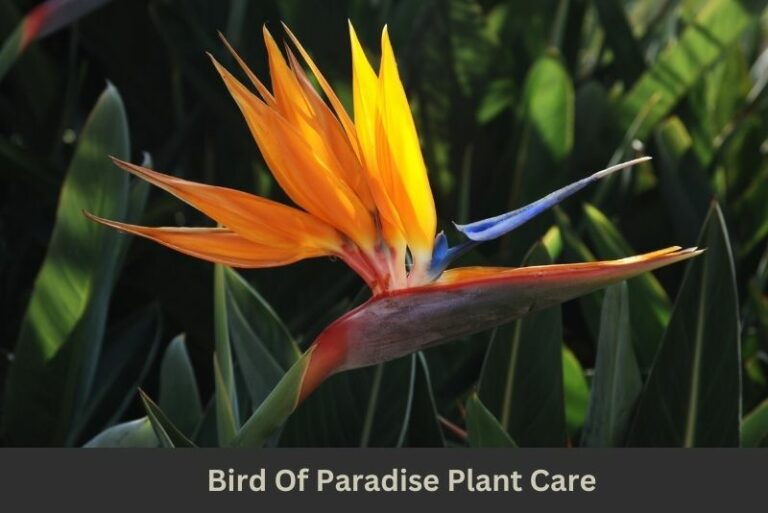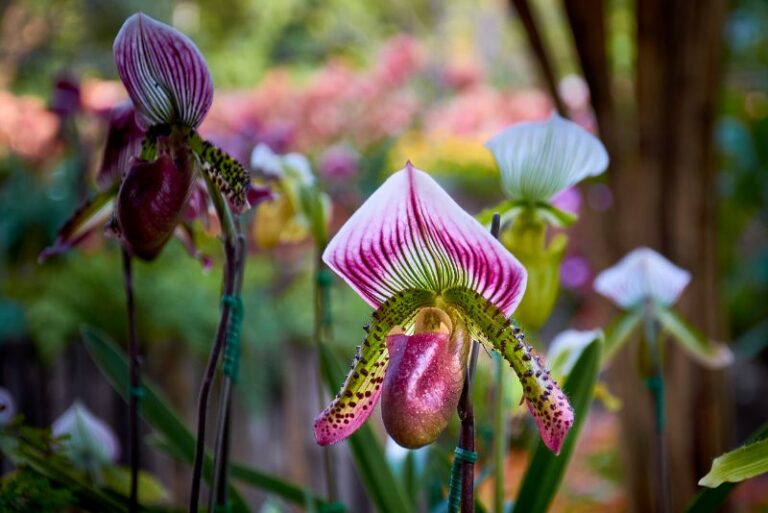Tips For Growing Beautiful Begonias in Pots or Containers
Container gardening is a wonderful hobby with a variety of benefits, from maximizing small spaces to adding mobility to your garden. The appeal of growing begonias, known for their delicate-looking blooms and equally vibrant foliage, is at an all-time high, thanks to their low maintenance and high adaptability to container life. Whether you’re new to gardening or a seasoned green thumb, the satisfaction of watching these beauties thrive in your chosen vessels is unparalleled. Let’s delve into the specifics of container gardening with begonias and how to ensure the best conditions for their growth and health.
Choosing the Right Begonias
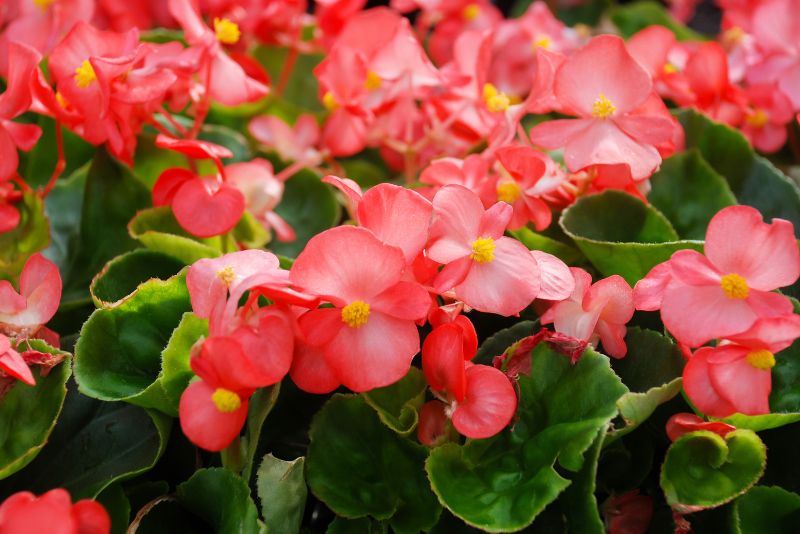
Before you start, acquiring the right type of begonia is crucial. While all begonias can technically be grown in containers, certain varieties are more suitable than others due to their compact growth habits. Look for Tuberous begonias, Rieger begonias, or Wax begonias as they’re well-known for thriving in pots and not overgrowing their spaces.
Factors to Consider When Selecting Begonias for Pots
- Size and Space: Begonias come in all sizes, so pick a variety that matches the available space in your container and your garden.
- Sunlight Needs: Consider the sun exposure of your garden space. Select species that match your environment, whether you have a sun-drenched balcony or a shaded entryway.
- Watering Requirements: If you’re looking for a low-maintenance choice, choose a variety that’s not too thirsty, especially if you’re prone to forgetting watering schedules.
- Bloom Times: Some begonia species offer seasonal blooms, while others are perpetual. Choose according to your preference to ensure you’re delighted with your garden year-round.
Selecting the right begonias is your first step towards a successful container garden. These plants will be your canvas, so choose wisely!
Pots and Containers
The right pot is the foundation of your begonia container garden. It’s essential for providing the plants with a comfortable environment that supports their growth.
Understanding Drainage and Soil Requirements
Good drainage is non-negotiable for begonias; they detest soggy soil. When picking out pots, opt for those with drainage holes. This simple feature will prevent root rot and other water-related issues.
- Material Matters: Terra cotta is an excellent choice as it allows for air exchange. Avoid metal containers under direct sunlight, as they can overheat the roots.
- Size Up Properly: Ensure your pots are large enough for the type of begonia you choose. A snug fit will encourage the correct growth pattern.
- The Right Mix: Begonias prefer a light, well-aerated soil mix. A commercial potting mix with added perlite or sand for drainage is ideal.
Planting and Care Tips
The success of your begonia container garden depends on how you plant and care for your specimens.
Planting Techniques for Begonias in Containers
- Preparation is Key: Before planting, ensure the container and soil are at the right moisture level. A dry soil will result in an airtight block for your roots, while a soggy one might lead to rot.
- Proper Depth: Plant your begonias at the same depth as they were in their original pot. Roots should have enough soil to anchor but not so much that they sit in wet conditions.
- Mulch for Moisture Retention: Once your begonias are in place, add a layer of organic mulch to retain moisture and suppress weeds. Just take care that the mulch doesn’t touch the plant’s stems, as this can promote rot.
Watering, Fertilizing, and Sunlight Needs
- Balancing Act: Water your begonias regularly but allow the soil to dry out between waterings to prevent overwatering. The topsoil should feel dry to the touch before you water again.
- Feeding Time: Begonias benefit from a balanced, water-soluble fertilizer. During the blooming season, feed them bi-weekly or as recommended by the product you use.
- Sun Exposure: Light is crucial for begonias to bloom, but not all varieties require direct sunlight. Monitor your plants to ensure they are getting the amount of light they need to thrive.
Pruning and Maintenance Guidelines
- Deadhead Regularly: Remove spent flowers to encourage more blooms and prevent the plant from going to seed prematurely.
- Keep It Tidy: Trim back leggy growth to maintain a compact shape and promote a bushier plant.
- Winter Care: If you live in a cold climate, bring your begonias indoors before the first frost and provide them with appropriate care until it’s warm enough to return them outside.
Dealing with Common Issues
Just like any garden plant, begonias in pots can encounter pests and diseases. Here’s how to prevent and manage them.
Pest Management for Begonias in Pots
- Common Pests: Keep an eye out for aphids, mealybugs, and spider mites. A strong jet of water can sometimes dislodge these pests, or use an insecticidal soap for more stubborn infestations.
- Vigilance is Key: Regularly inspect both the foliage and the soil surface for signs of pests. The earlier you catch them, the easier they are to control.
Disease Prevention and Treatment
- Air Circulation: Place your begonias in an area with good air flow. Stagnant air can contribute to fungal issues.
- Rot Prevention: Ensure there’s no water standing in the saucer of your pots, and that the containers are never left in damp conditions.
Enhancing Visual Appeal
Your container garden should not only be a reflection of your plant care skills but also a testament to your creativity.
Creative Tips for Designing Beautiful Begonia Container Displays
- Color Coordination: Plan your garden with a color scheme in mind. Mix and match begonia varieties to create complementary or contrasting displays.
- Height Variance: Use platforms or varying pot heights to add visual interest and ensure that all your begonias get adequate light exposure.
- Artful Arrangement: Create a focal point with an arrangement that plays with the idea of symmetry or asymmetry.
Companion Plants for Begonias in Containers
Balance out your begonias with other plants.
- Shade-Loving Plants: Hostas, ferns, or ivy are perfect companions for begonias in containers that need cooler temperatures and low light.
- Sun-Loving Accents: If your begonias like a good amount of sunlight, consider pairing them with petunias, lantanas, or marigolds for a vibrant mix.
Conclusion
Container gardening with begonias is an art that rewards attention to detail, and the joy of a thriving pot of begonias can’t be overstated. By following the guidelines above, you’ll be well on your way to creating container gardens that are not just beautiful, but a testament to the potential of growing in restricted spaces. So go ahead, pick up your pots, gather your soil, and start your own begonia journey—one that’s tailored to the vibrant microcosm you wish to create.
Remember, gardening is as much a science as it is a form of self-expression. Embrace the process and enjoy the beauty that begonias in pots can bring to your life!


